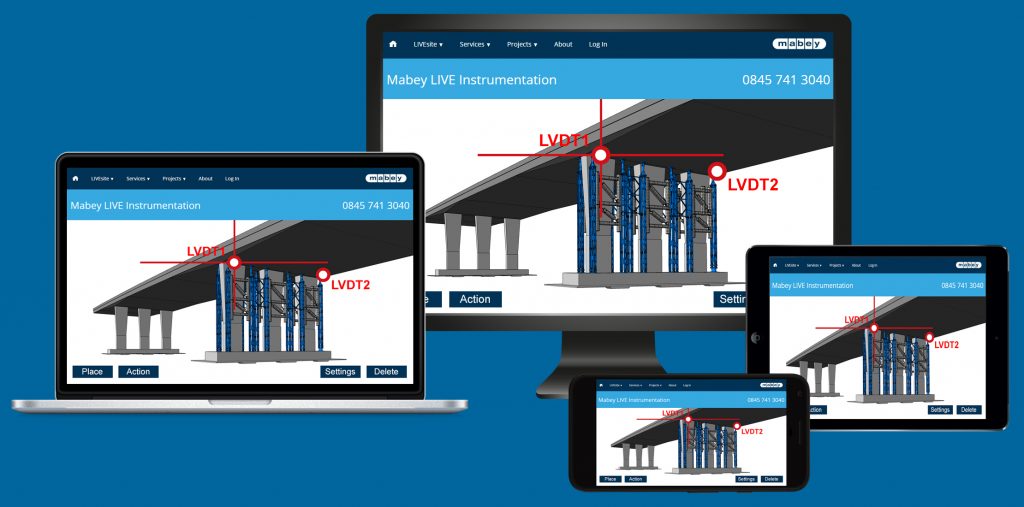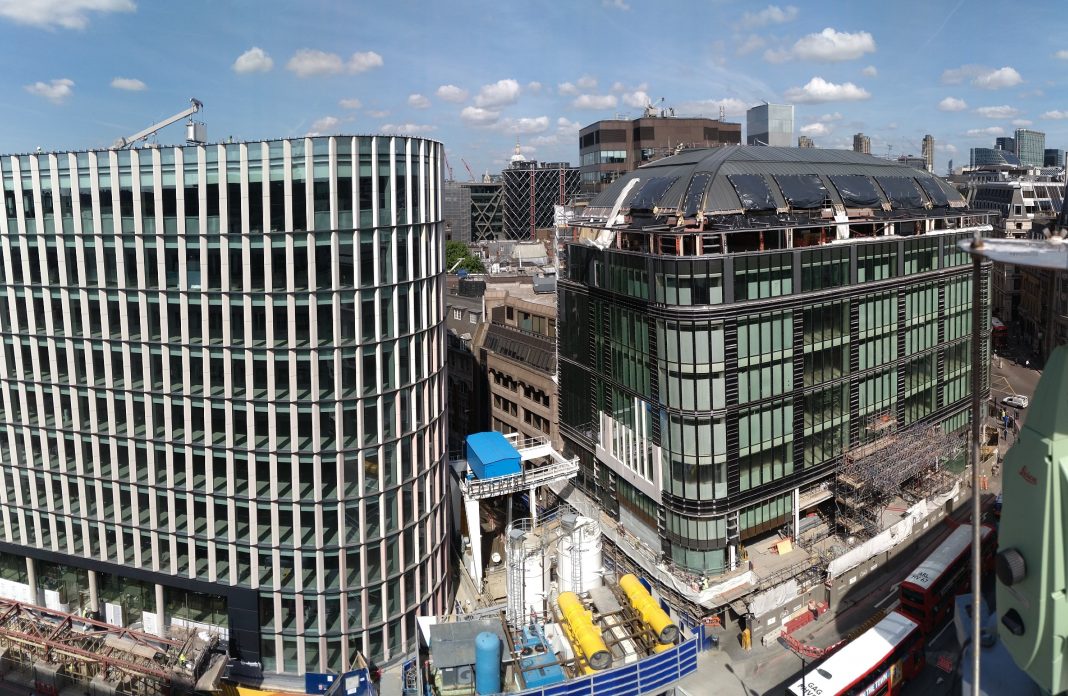When it comes to complex construction and infrastructure projects, the margins between success and potential disaster can be measured in millimetres. Dave Holland, engineering director at Mabey, takes a look at the importance of real-time monitoring
Engineers grapple with fine margins. Imagine being responsible for digging new tunnels in London’s Tube network, navigating a chaotic maze of underground sewers, utilities and train lines.
In this congested sub-terrain, boring a hole just millimetres away from where it should be could be catastrophic.
In other construction works, the smallest structural change could cause a bridge or building to falter. And exceeding permitted noise and vibration limits by even a tiny amount could stall an entire development.
The art of precision cannot be underestimated. However, with fast advancing technology providing better and more accurate information, managing variable factors to guarantee safety is starting to become less complicated. Environmental and structural change can now be precisely monitored in real-time through the lifetime of a construction project, so engineers can respond to issues more quickly, safely and efficiently.
Structural precision: Protecting a building’s integrity
Even tiny structural changes can have serious implications for a building’s integrity. And, with neighbouring buildings also at potential risk during any major works, it is critical that engineering and construction teams are able to have a complete view on the state and performance of surrounding structures, as well as the project site itself.
Optical monitoring systems now even allow precision monitoring of structures without having direct access to them. Accurate real-time monitoring has become a critical tool in ensuring building works go ahead as planned, without causing any disruption – or more importantly, affect the integrity – of nearby structures.
The construction of a 570-metre tunnel and platform at Bank Station, being carried out by Dragados, is one such example. A multi-storey building, with a full glass façade, sat directly besides one of the worksites and, with the building’s foundations sitting so close to excavation work, even movement of one-and-a-half millimetres could jeopardise the façade.
Monitoring of the height and position of the existing building columns of this building ensured that any potential movement resulting from the tunnelling work never exceeded set parameters. Any vertical movement of the building from activity below ground was controlled by a series of hydraulic jacks, while horizontal movement was managed by electric screw jacks.
In the occasional event of any small movements, a jacking system returned the columns to their original position. This allowed a comprehensive action plan and resolution to mitigate any movement, allowing the excavation works to go ahead as planned.
Environment efforts
It is also critical that contractors and their supply chain minimise the effect of works on the surrounding area – not only to uphold positive relationships with neighbours throughout a project, but to stay ahead of regulations such as the Clean Air Act and the Environment Act.
Further, the need for environmental and vibration monitoring is increasingly driven by governance, with some local planners requiring measurement on areas like wind speed and direction, barometric pressure, rainfall, temperature, pH levels, flow rate, water pressure, water level, VOCs and gases.
Clients expect their supply chains to show that they have considered the potential impact on the environment on and around work sites, meaning responsible contractors are favoured by clients as an extension of their own environmental commitment and credentials. What’s more, by constantly measuring environmental conditions, contractors can collate a full record of factors onsite and protect themselves against potential claims.
Managing environmental impact requires extreme sensitivity, but it can be straightforward. For example, portable systems offer straightforward vibration and air overpressure monitoring, with visible and audible trigger alerts ensuring that contractors minimise risk and stay on track with compliance.
Engineers need to ensure they have instant and remote access to all the information they need to stay on the right side of the regulations throughout the project.
While some site managers are happy to download data onsite straight from the monitoring device, it might be more convenient to choose a system that wirelessly (and instantly) transfers data to an online portal, allowing you to access your data remotely.
Some systems are also able to send alerts when pre-set limits are breached, giving you complete peace of mind that you can take action as soon as things start to change. For example, handheld devices will accurately record dust and airborne particulates, noise levels, vibration, gas and VOCs, and instant readings can be accessed in the field or downloaded to a laptop later.
 What next?
What next?
Beyond this, the presentation of information and data to engineers is key, with KPMG highlighting that 3D building information models have a big role to play in construction time-and-cost monitoring.
Presenting engineers with pages or screens of information can slow response, so the key is clear information that enables the user to quickly focus and drill into specific areas.
The demand for more visual experiences is something we see across our business, and why our industry-first Live BIM – which sees 3D models of buildings, rail, roads and bridges connected with real-time sensors – enables engineers to click into sensor readings on the live visualisation of a structure. Digital graphics change shape and colour as problems arise in specific areas and engineers can click into sensor readings on the live visualisation of a structure.
Bringing BIM together with the most advanced monitoring capabilities provides a fuller, more comprehensive picture of how structures are behaving, delivering valuable insights into the lifecycle of future infrastructure and construction projects – ensuring that engineers can make decisions faster, safer and more efficiently than before.
Dave Holland
Engineering Director
Mabey
Tel: +44 (0)1924 589 377
Twitter: @MabeyHire
LinkedIn: Mabey Hire ltd














